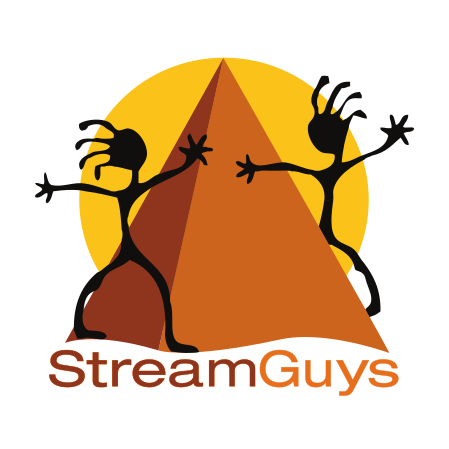Latest News
StreamGuys Updates IsMyStreamUp Stream Monitoring Service
New for NAB 2025, version 2.0 of the CDN-neutral represents a complete overhaul to improve the user experience and response times while opening the service to new customers
StreamGuys Launches Revenue Support and Consulting Service for Programmatic Growth
New managed provides dedicated team of StreamGuys revenue experts to broadcasters and content publishers to support business strategies and ad tech management
StreamGuys Adds AI Magic to On-Demand Workflows
New for NAB Show 2025, first AI workflow integrations assist production staff by automating tagging requirements for ad insertions, power captions and translations for podcasts and on-demand media
StreamGuys Revives Simulcast Fan Experience with Ultra Low Latency Streaming Service
StreamGuys introduces a new ultra-low-latency streaming service that brings synchronicity to the “second screen” experience of a live sports event, removing the delay that takes audio/videos streams behind real-time.
StreamGuys Programmatic Ad Services Help Dick Broadcasting Monetize Live Streams and Podcasts
Dick Broadcasting has amplified its revenue generation through StreamGuys’ programmatic ad services, which automatically fills unsold inventory in ad breaks for live streams and podcasts.
StreamGuys Prepares Reflector EVO Cloud Service for NAB Show 2024
Reflector EVO expands the horizons as a highly available cloud service that can transport bulk audio streams to many locations at once, including uncompressed PCM signals.
StreamGuys Launches Next-Gen RevenueStream Subscription Service
StreamGuys has unleashed its second-generation RevenueStream platform with powerful new subscription management, branding and payment features, along with flexible monetization.
StreamGuys Lift San Jose Sharks Out of the Shark Tank and Into the Streams
The Sharks Audio Network is a power play for fan engagement and provides rolling 24/7 audio content for San Jose Sharks fans across the globe
StreamGuys Updates SGreports Analytics and Monitoring Software
Second-generation business software improves aggregation, presentation and access of data that helps media enterprises better understand their audience and operations
